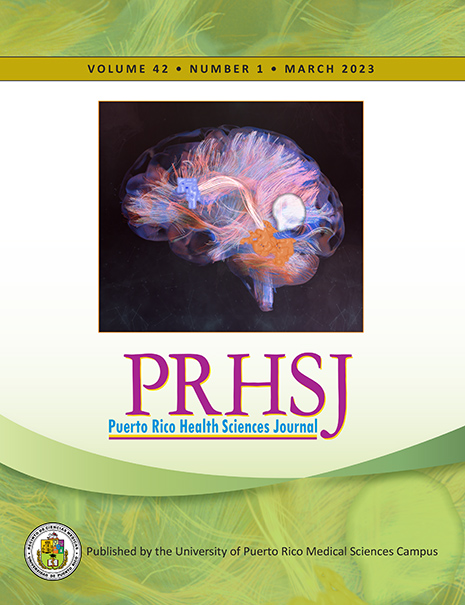Abstract
Objective: Evidence supports the local application of non-steroidal antiinflammatory drugs such as dexketoprofen trometamol (DXT) for pain management, but little is known about the potential antinociceptive effect of chlorhexidine gluconate (CHX) and its possible synergistic effect when combined with DXT. The aim of this study was to evaluate the local effect of a DXT–CHX combination using isobolographic analysis in a formalin pain model in rats. Materials and Methods: Briefly, 60 female Wistar rats were used for the formalin test. Individual dose effect curves were obtained using linear regression. For each drug, the percentage of antinociception and median effective dose (ED50; 50% of antinociception) were calculated, and drug combinations were prepared using the ED50s for DXT (phase 2) and CHX (phase 1). The ED50 of the DXT–CHX combination was determined, and an isobolographic analysis was performed for both phases. Results: The ED50 of local DXT was 5.3867 mg/mL in phase 2 and for CHX was 3.9233 mg/mL in phase 1. When the combination was evaluated, phase 1 showed an interaction index (II) of less than 1, indicating synergism but without statistical significance. For phase 2, the II was 0.3112, with a reduction of 68.88% in the amounts of both drugs to obtain the ED50; this interaction was statistically significant (P < .05). Conclusion: DXT and CHX had a local antinociceptive effect and exhibited synergistic behavior when combined in phase 2 of the formalin model.
Authors who publish with this journal agree to the following terms:
a. Authors retain copyright and grant the journal right of first publication with the work simultaneously licensed under a Creative Commons Attribution License that allows others to share the work with an acknowledgement of the work's authorship and initial publication in this journal.
b. Authors are able to enter into separate, additional contractual arrangements for the non-exclusive distribution of the journal's published version of the work (e.g., post it to an institutional repository or publish it in a book), with an acknowledgement of its initial publication in this journal.
c. Authors are permitted and encouraged to post their work online (e.g., in institutional repositories or on their website) prior to and during the submission process, as it can lead to productive exchanges, as well as earlier and greater citation of published work (See The Effect of Open Access).
